Building a pool transforms your backyard into a recreation and entertainment center. Whether you are a homeowner dreaming of summer swimming or a facility manager planning to build a commercial pool, careful planning is key to ensuring that the project meets your needs and budget. Several factors influence the success of a pool construction project, from costs to materials.
Why Build a Pool?
A pool increases property value, improves quality of life, and provides space for sports and socializing. However, it is a significant investment that requires careful consideration. Factors such as purpose (recreation, fitness, or commercial use), location, and maintenance requirements determine the design. Choosing materials such as Cefil 60 mil thick reinforced PVC membrane for cladding can make the pool durable and economical, ensuring many years of enjoyment.
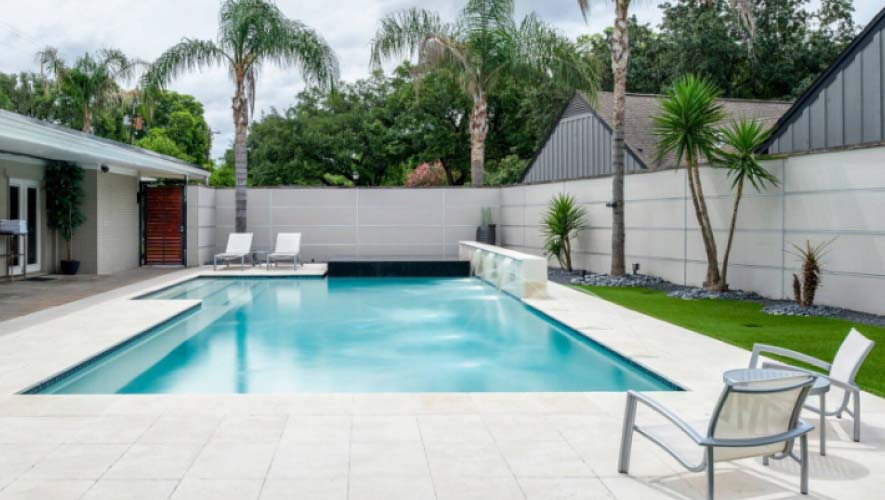
Budget and Costs
The financial aspect is the main issue. The cost of a pool varies greatly depending on the type, size, and characteristics:
- Construction Cost: The determining factors here are the size of the pool and the type of cladding. The cost of built-in pools ranges from $80,000 to $250,000. In the US, the most common types of pools are concrete plastered, fiberglass, and concrete with a thick PVC liner. A pool with a thick PVC membrane ($80,000–$95,000) is often cheaper than a plastered concrete pool ($100,000+) or a fiberglass pool ($40,000–$60,000)
- Ongoing Costs: Consider maintenance costs (chemicals, cleaning, repairs) and utilities (heating, water). Thick PVC liners reduce maintenance costs due to their durability and easy-to-clean surface
- Permits and Fees: Local regulations may require permits (ranging from $2,000 to $4,000), so check with your municipality in advance
A realistic budget prepared in advance will help you avoid surprises and assist you in selecting materials.
Pool Type and Materials
The type of pool and the materials it is made of affect its cost, durability, and maintenance:
- Concrete Plastered Pools: easily customizable, but prone to cracking; plaster needs to be reapplied every 5–10 years ($8,000–25,000)
- Fiberglass Pools: Preformed, require little maintenance, but are limited in shape and expensive to install ($80,000 and up)
- PVC-Lined Pools: built on a concrete or ICF foundation and have a thick reinforced PVC membrane (60 mil). They are durable (25+ years), affordable, and flexible in design. The smooth, non-porous lining is resistant to algae and easy to clean
The thick PVC membrane is an excellent choice due to its balance of durability and low maintenance costs.
Location and Site Preparation
The construction site is important for functionality and cost:
- Space and Access: Make sure your yard has enough space and access for construction equipment. Limited space can increase costs
- Soil and Terrain: Rocky or sloped terrain requires additional earthwork ($5,000–$15,000). Check soil stability to avoid settling in the future
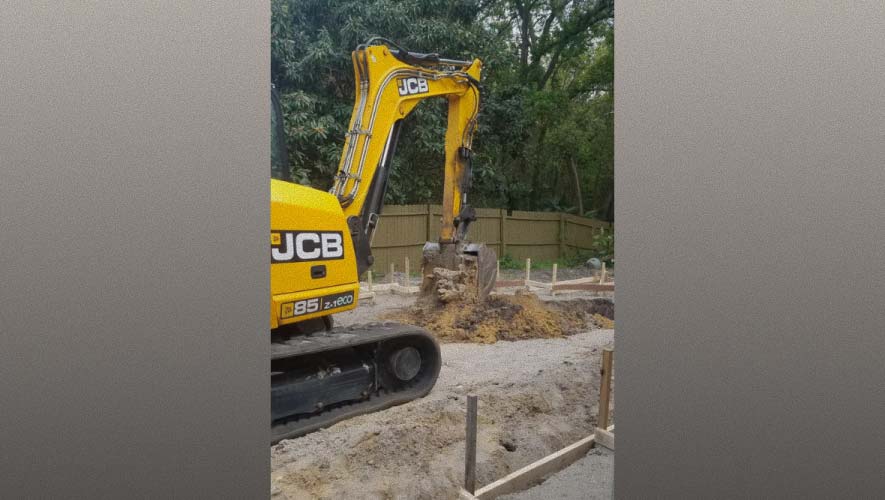
- Sun and Shade: Place the pool in a sunny location so that the water heats up naturally, which will reduce heating costs thanks to the heat-retaining properties of the thick PVC membrane
Proper site preparation ensures the stability and durability of the pool.
Design and Features
Adapt the pool to your needs with a well-thought-out design:
- Size and Shape: larger or non-standard shapes (possible with PVC liners) are more expensive, but are suitable for specific purposes, such as swimming or relaxation
- Depth: Shallow pools are safer for children; deeper pools are suitable for diving
- Additional Options: Additional options such as lighting, heaters, or slides increase the cost ($1,000–$10,000) but enhance the enjoyment of use
In this regard, thick PVC membrane is suitable for any design, offering color and pattern options for a customized look.
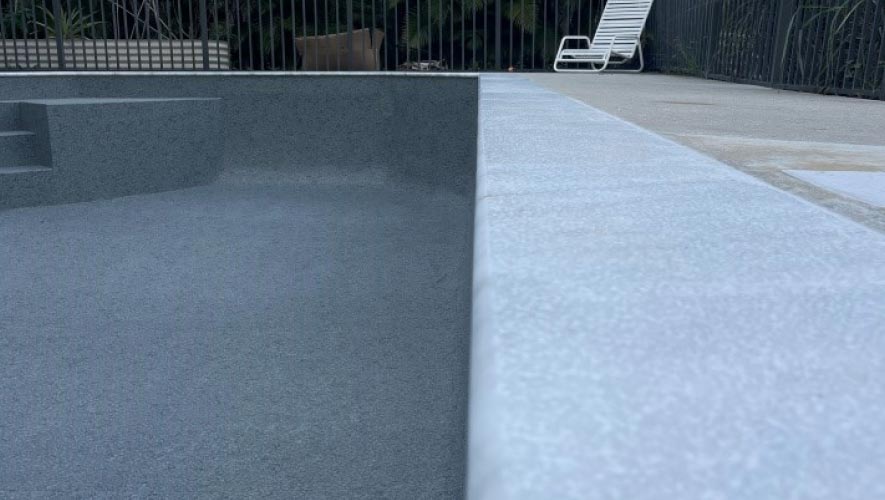
Maintenance and Safety
Swimming pools require constant maintenance and safety measures:
- Cleaning and Chemicals: thick PVC liners facilitate maintenance thanks to their algae-resistant surface, requiring fewer chemicals than plaster
- Safety Features: Install fencing to protect children and pets. The non-slip texture of PVC reduces the risk of slipping, and the smooth surface eliminates the risk of scratching, unlike the rough surface of plaster
- Water Balance: Maintain pH (7.2–7.6) and chlorine (1–3 ppm) levels to extend the life of your pool. This is an important requirement for all types of pools
Planning for maintenance and safety ensures trouble-free pool operation. When a pool shows signs of wear, such as cracks or staining, pool resurfacing with PVC liners provides a quick and cost-effective way to restore its functionality and look. The algae-resistant and smooth surface minimizes future maintenance compared to traditional finishes.
Local Regulations and Permits
Before starting construction, familiarize yourself with local regulations:
Zoning Laws: Some areas restrict the size or location of pools (e.g., setbacks from property lines)
Building Codes: Ensure compliance with safety standards, such as fence height or drainage system design
Permits: Obtain the necessary permits to avoid fines or delays. Costs vary depending on location
Compliance protects your investment and helps you avoid legal problems.
Environmental and Energy Considerations
Environmentally friendly solutions save money and resources. In this regard, thick PVC membranes are the best choice:
- Energy Efficiency: thick PVC liners in dark colors can naturally help heat water in the sun, reducing the use of heaters. Combine them with energy-efficient pumps
- No Leaks: the high strength of thick reinforced PVC membranes prevents leaks even if cracks form in the concrete base, unlike cracked plaster
- Sustainable Materials: the use of a durable PVC membrane reduces the frequency of replacement, reducing the impact on the environment
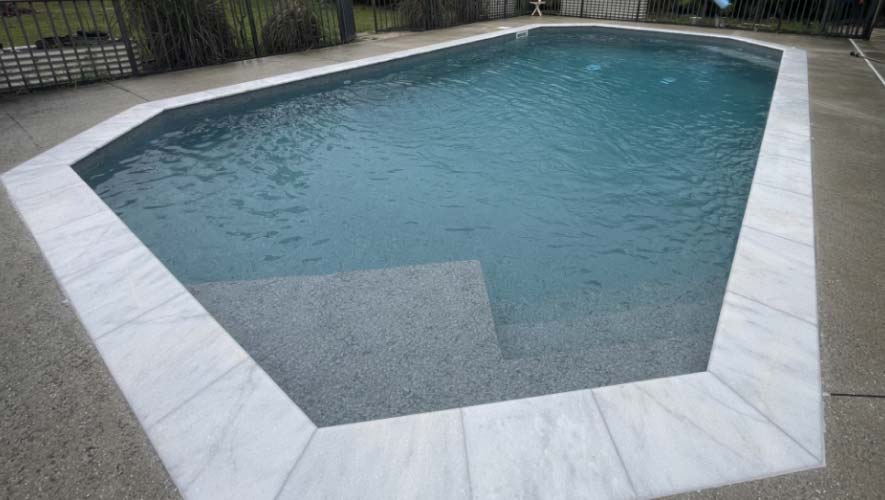
These solutions are in line with an eco-friendly lifestyle and long-term savings.
Have Questions?
Talk to our specialist! Just fill out the form, and we’ll give you a call!
Conclusion
Building a pool is a big decision, but considering budget, materials, location, design, maintenance, regulations, and environmental impact sets you up for success. A thick reinforced PVC membrane stands out as a lining choice, offering durability, low maintenance, and design flexibility at a lower cost than concrete or fiberglass. By planning carefully, you’ll create a pool that’s safe, enjoyable, and budget-friendly for years to come.
For questions regarding the construction and renovation of swimming pools, or pool remodeling, using thick reinforced 60 mil membranes, please contact SAKKO POOL, a pool construction company in Wellington. We not only offer PVC liners in a variety of textures and colors, but also provide installation services for your swimming pool.

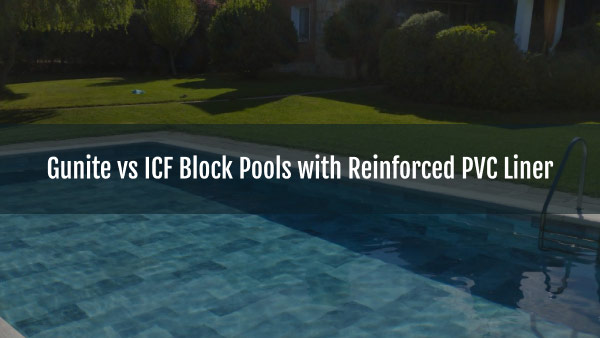


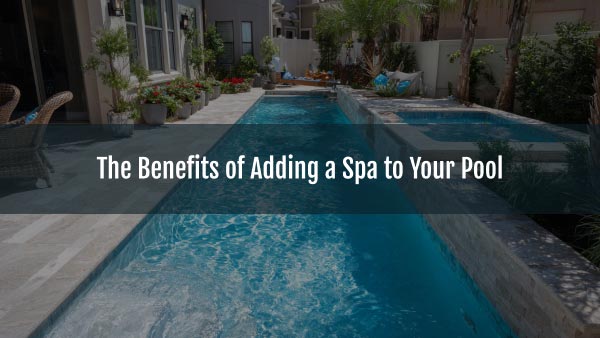


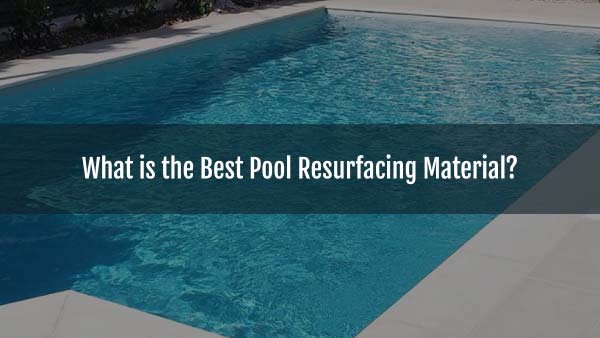
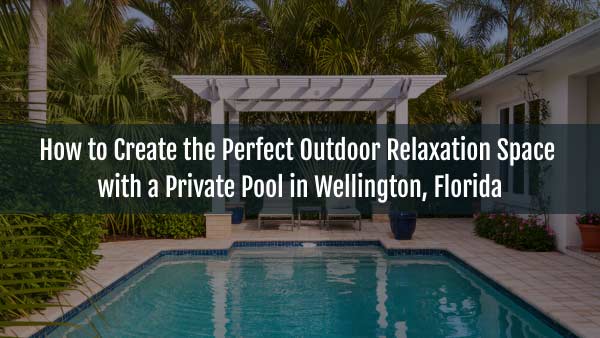
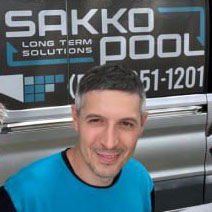
6 Comments
Michael
Is there any way to eliminate the unexpected expenses that usually arise during any construction project?
Konstantin Muraviov
Hi Michael! To minimize the risk of unexpected expenses, it is necessary to use only trusted contractors who have significant experience in building swimming pools. Thanks to their experience, they will be able to avoid most such situations.
William Harris
Which water is better for a swimming pool? Salt water or regular water?
Konstantin Muraviov
Hi William! There is no clear answer to this question. Both options have their pros and cons. For example, salt water does not have such a negative effect on swimmers’ skin as chlorine. On the other hand, the salt contained in the water can cause accelerated corrosion of equipment and the appearance of scale on the pool lining.
Robert Davis
Are there any differences between pools for regular water and salt water?
Konstantin Muraviov
Hi Robert! From a technical point of view, pools for regular and salt water are no different. If you first filled the pool with regular water and then decided to fill it with salt water, there are no obstacles to doing so.